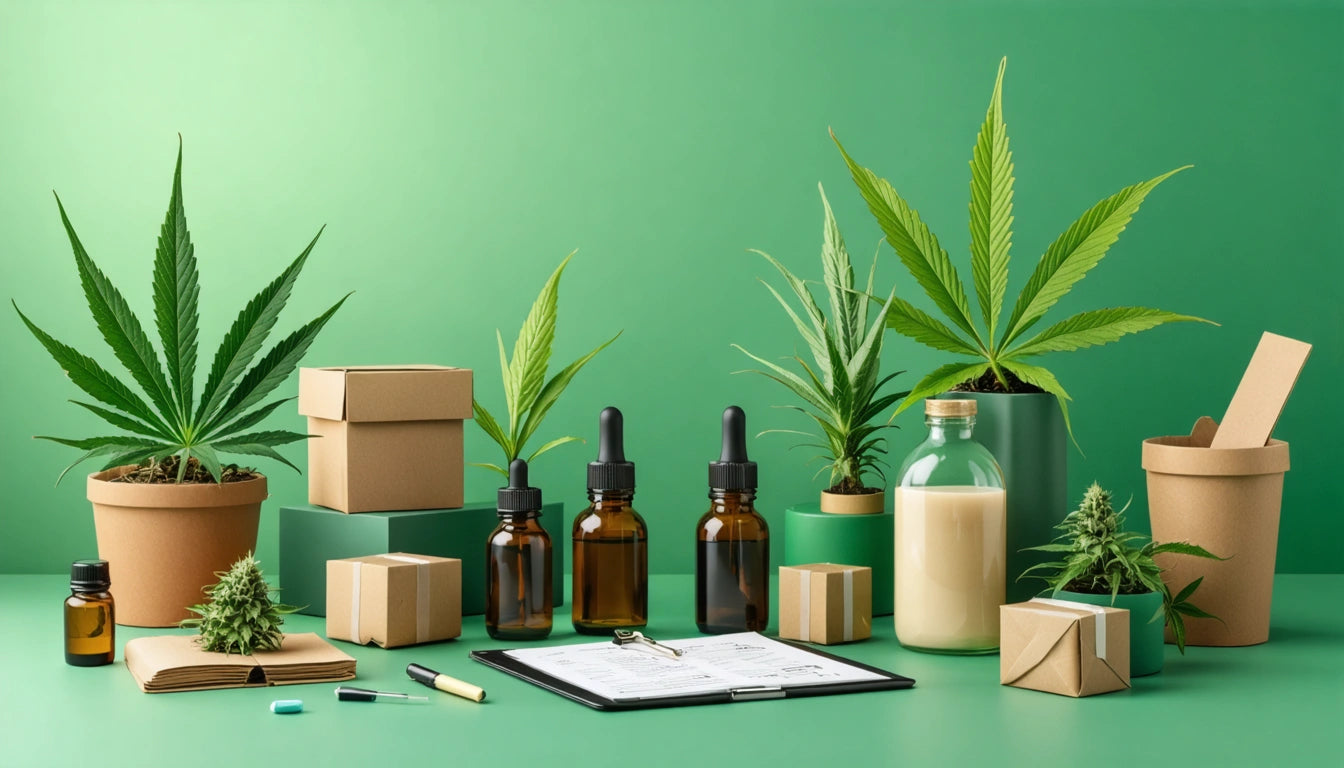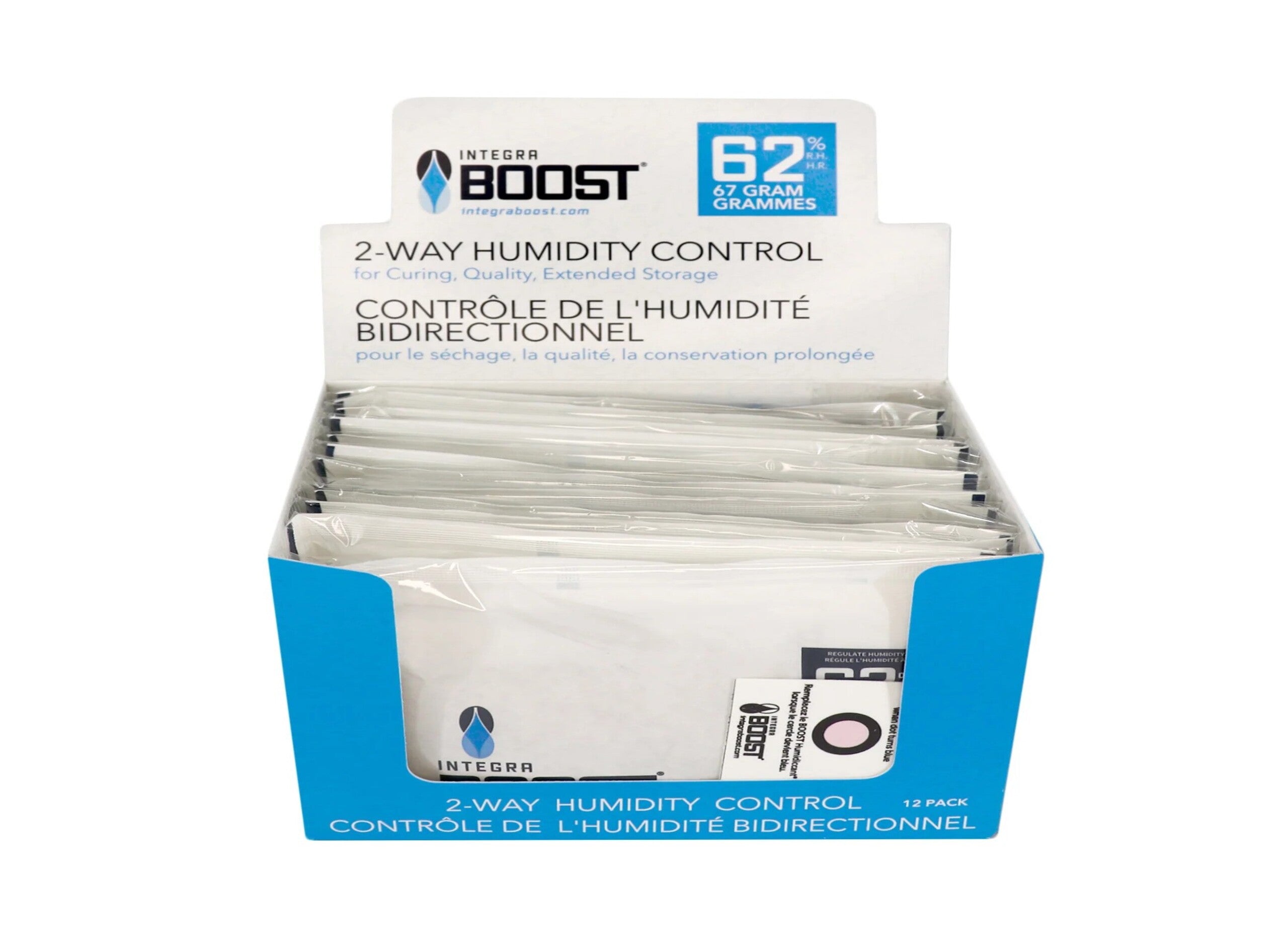Table of Contents
Effective budgeting for cannabis packaging starts with understanding the underlying cost structure. Cannabis producers must account for not only material and production costs, but also compliance requirements, branding, and scalability concerns. In wholesale purchasing, strategic planning and vendor relationships often influence margins more than volume alone.
Understanding Packaging Cost Structure
Packaging costs for cannabis products typically fall into four main categories: materials, printing and labeling, compliance features, and logistics. Each element contributes to the final price and must be budgeted carefully to avoid surprises. Materials can range from glass and plastics to eco-friendly options, each with different base prices and availability.
Key Cost Factors in Wholesale Packaging
1. Materials and Formats
The type of cannabis product largely determines the packaging needed. For instance, flower packaging solutions often require sealed, light-resistant containers. On the other hand, concentrates demand specialized materials for thermal stability and airtight storage, as detailed in this breakdown on concentrate packaging.
2. Compliance and Safety
Child-resistant features, tamper-evident seals, and state-specific labeling all drive up costs. To meet these requirements, manufacturers turn to solutions such as child-resistant compliant packaging, which adds protective layers but also increases unit price. Our specialized child-resistant lids provide cost-effective compliance without compromising product integrity or user experience. These features are not optional, and fines for noncompliance can be substantial.
3. Printing and Customization
Custom printing and branding add visual value but require additional setup and operational expenses. Digital vs traditional printing is another consideration, which this comparison article explores in detail. Smaller runs may benefit from digital processes while larger volumes reduce cost-per-unit with traditional methods.
4. Supply Chain and Distribution
Shipping, storage, and assembly costs affect the total expense of packaging. Wholesale buyers often save by sourcing from vendors that offer integrated distribution or automation options. For instance, automation can improve ROI by reducing manual handling and streamlining compliance steps.
Budget Strategies for Cannabis Packaging
- Forecast packaging volume based on sales trends and SKU projections.
- Prioritize suppliers offering scalable solutions or bundle pricing tiers.
- Leverage private label opportunities to minimize design costs.
- Consider automation investments for high-volume operations.
- Explore recyclable or compostable options to align with sustainability goals.
These budget practices help prevent overordering or noncompliant packaging, which could lead to regulatory issues or waste.
Material Choice and Regulatory Considerations
The regulatory landscape requires packaging that meets both functional and safety standards. For example, edible cannabis products must comply with specific labeling, which is addressed in this compliance guide for edibles. Sustainable materials may offer long-term value despite slightly higher upfront costs. For producers evaluating sustainable options, this article on sustainability is a useful resource.
Branding, Innovation, and Long-Term Savings
Strategic branding helps products stand out while building customer loyalty. According to research on packaging psychology, well-designed packaging directly impacts perceived value and purchase behavior. Innovative packaging design, especially when integrated early in product development, can reduce future rebranding costs and improve operational efficiency.
For brands looking to scale, private label packaging offers a middle ground between custom solutions and generic options. This approach allows companies to maintain brand consistency while benefiting from the economies of scale that wholesale purchasing provides.
Multi-state operators face additional budgeting challenges due to varying compliance standards. This guide for MSOs outlines strategies for managing these complexities without duplicating costs across markets.
Smart packaging technologies, including QR codes and RFID, represent another budgeting consideration. While these features add initial costs, they can provide valuable data and enhance consumer engagement, potentially justifying the investment through improved marketing effectiveness and inventory management.











Leave a comment
All comments are moderated before being published.
This site is protected by hCaptcha and the hCaptcha Privacy Policy and Terms of Service apply.